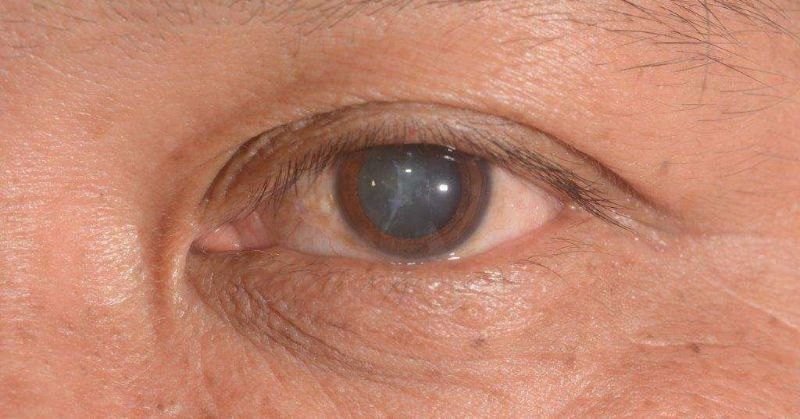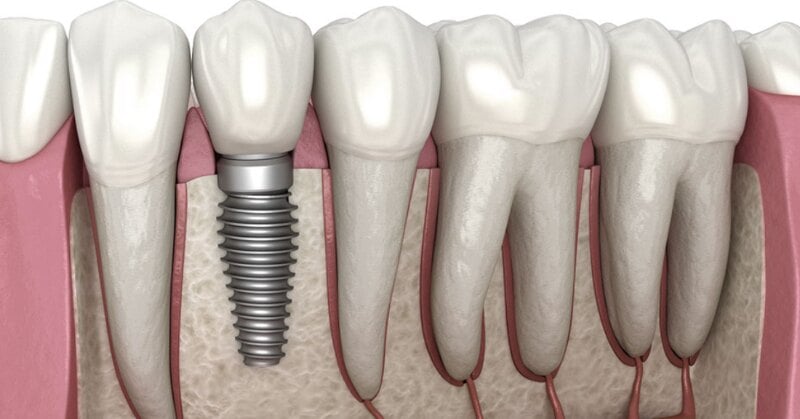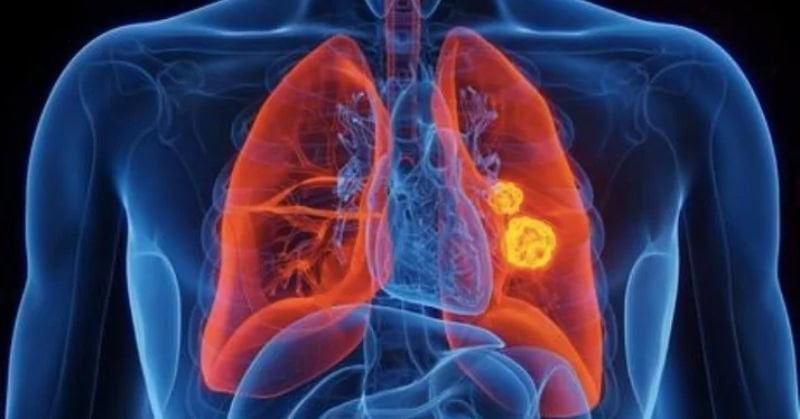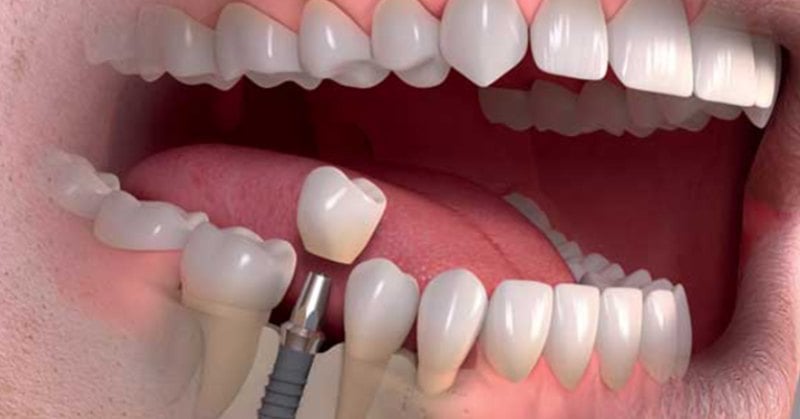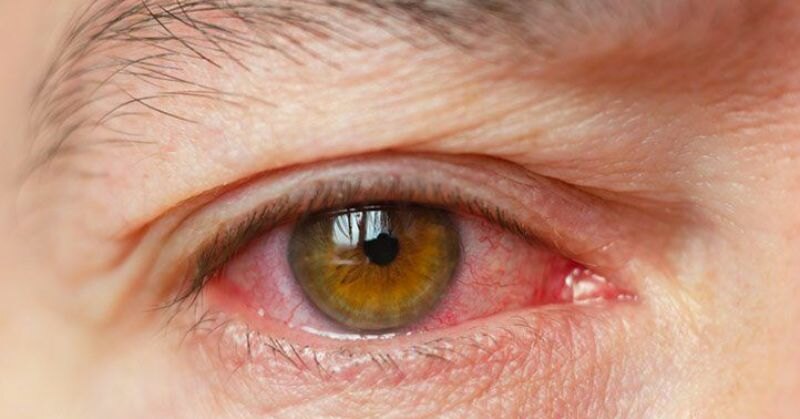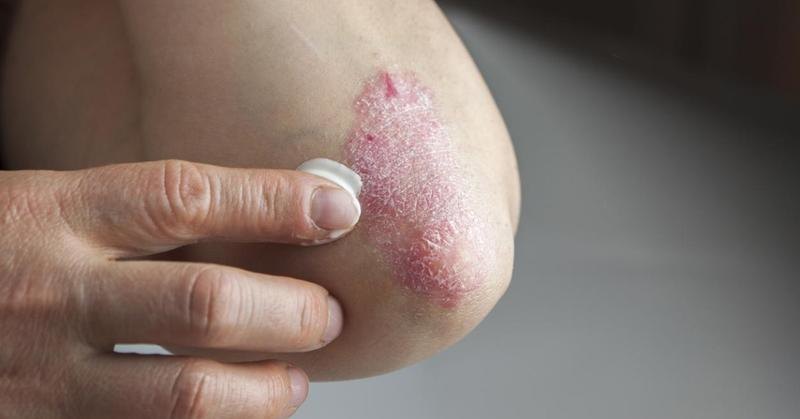Atopic dermatitis, or eczema, is a chronic skin condition causing itchy, inflamed skin and discomfort, impacting quality of life. Early recognition of symptoms ensures timely management. This guide highlights key indicators to help you identify and address atopic dermatitis promptly.
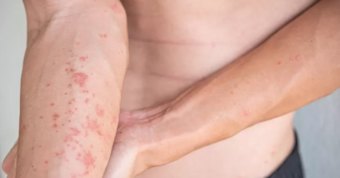
Key Signs of Atopic Dermatitis
1. Itchy Skin
-
The hallmark of atopic dermatitis is intense itching, which often worsens at night. Persistent scratching can lead to more severe skin damage, infections, and exacerbation of symptoms.
2. Red or Discolored Patches
-
Affected areas usually appear red (on lighter skin tones) or brown, purple, or gray (on darker skin tones). These patches are often found on the hands, feet, ankles, wrists, face, neck, and upper chest. In infants, the rash commonly appears on the scalp and face.
3. Dry, Sensitive Skin
-
Skin with atopic dermatitis tends to be very dry and easily irritated by soaps, detergents, and other irritants. This dryness can extend beyond the visibly affected areas.
4. Inflamed, Swollen Areas
-
During flare-ups, parts of the skin may swell and become sore. The inflammation can exacerbate the itchiness and lead to further discomfort.
5. Rough, Leathery Patches
-
Chronic scratching and rubbing can lead to thickened skin, also known as lichenification. These areas may develop a leathery texture and appear darker than the surrounding skin.
6. Oozing or Crusting
-
Severe cases of atopic dermatitis may result in blisters that ooze and form crusts, especially when infected. Infections can complicate the condition and require medical intervention.
7. Areas of Skin Flaking
-
Along with dryness, you may observe flaking or scaling of the skin, which can further contribute to the overall discomfort.
Triggers and Environmental Factors
Understanding what triggers your atopic dermatitis can be key to managing it. Common triggers include:
-
Irritants: Soaps, detergents, shampoos, disinfectants, and cleaners.
-
Allergens: Dust mites, pets, pollens, and dandruff.
-
Microbes: Viruses, certain fungi, and bacteria like Staphylococcus aureus.
-
Hot/Cold Temperatures: Hot weather, high and low humidity, and perspiration from exercise.
-
Foods: Dairy, eggs, nuts and seeds, soy products, and wheat.
-
Stress: Emotional stress can exacerbate symptoms.
Management and Treatment
While there is no cure for atopic dermatitis, effective management strategies can significantly alleviate symptoms and improve quality of life. These include:
-
Moisturizing regularly: Using ointments, creams, and lotions to maintain skin hydration.
-
Avoiding triggers: Identifying and minimizing exposure to known irritants and allergens.
-
Medications: Topical steroids and newer non-steroidal topical medications can reduce inflammation and discomfort. Severe cases may require systemic treatments.
-
Phototherapy: UV light therapy is sometimes prescribed for severe cases.
-
Lifestyle changes: Wearing soft, breathable clothing and using hypoallergenic products can help.
Conclusion
Being familiar with the signs of atopic dermatitis is crucial for early intervention and management. If you or a loved one is experiencing symptoms of this condition, consulting with a healthcare provider for a diagnosis and tailored treatment plan is essential. With proper management, most people with atopic dermatitis can lead comfortable, fulfilling lives.

